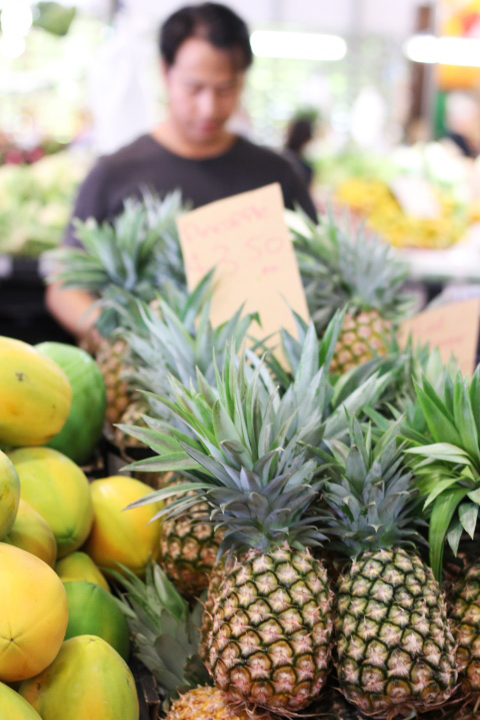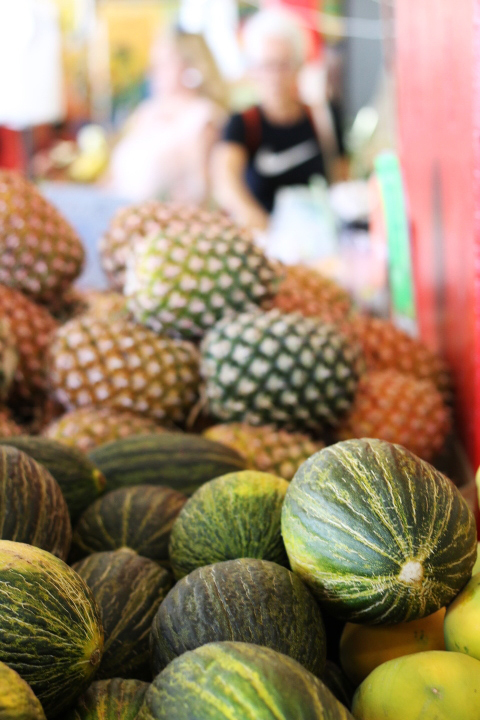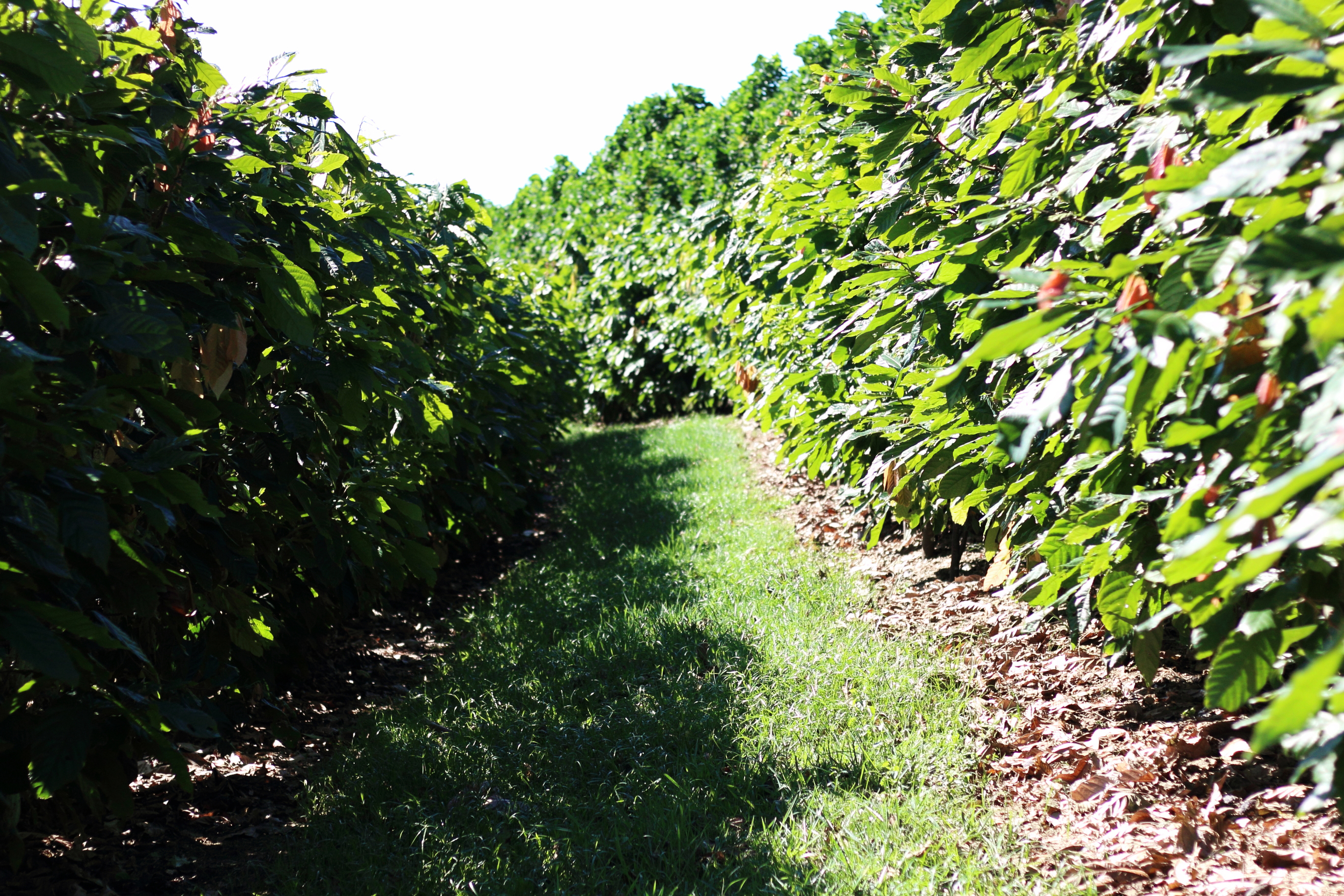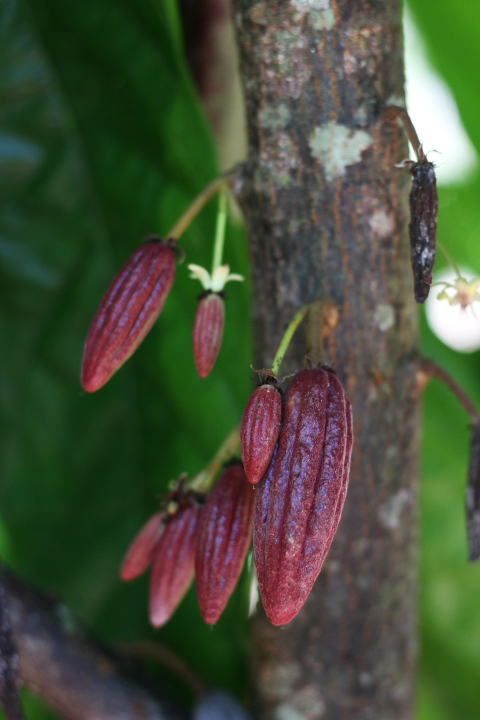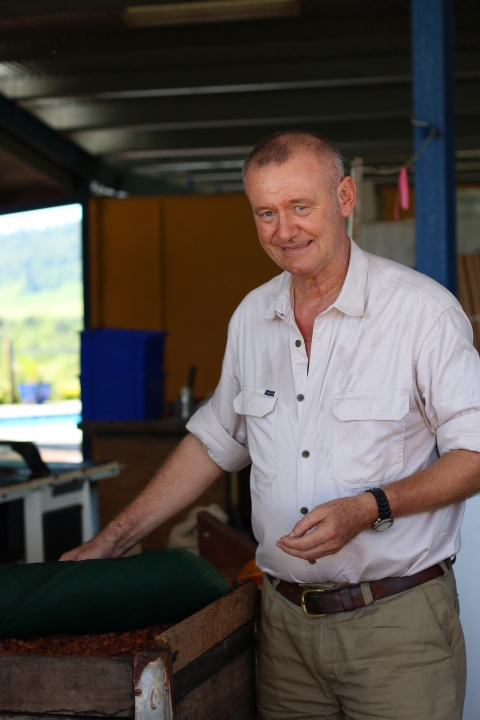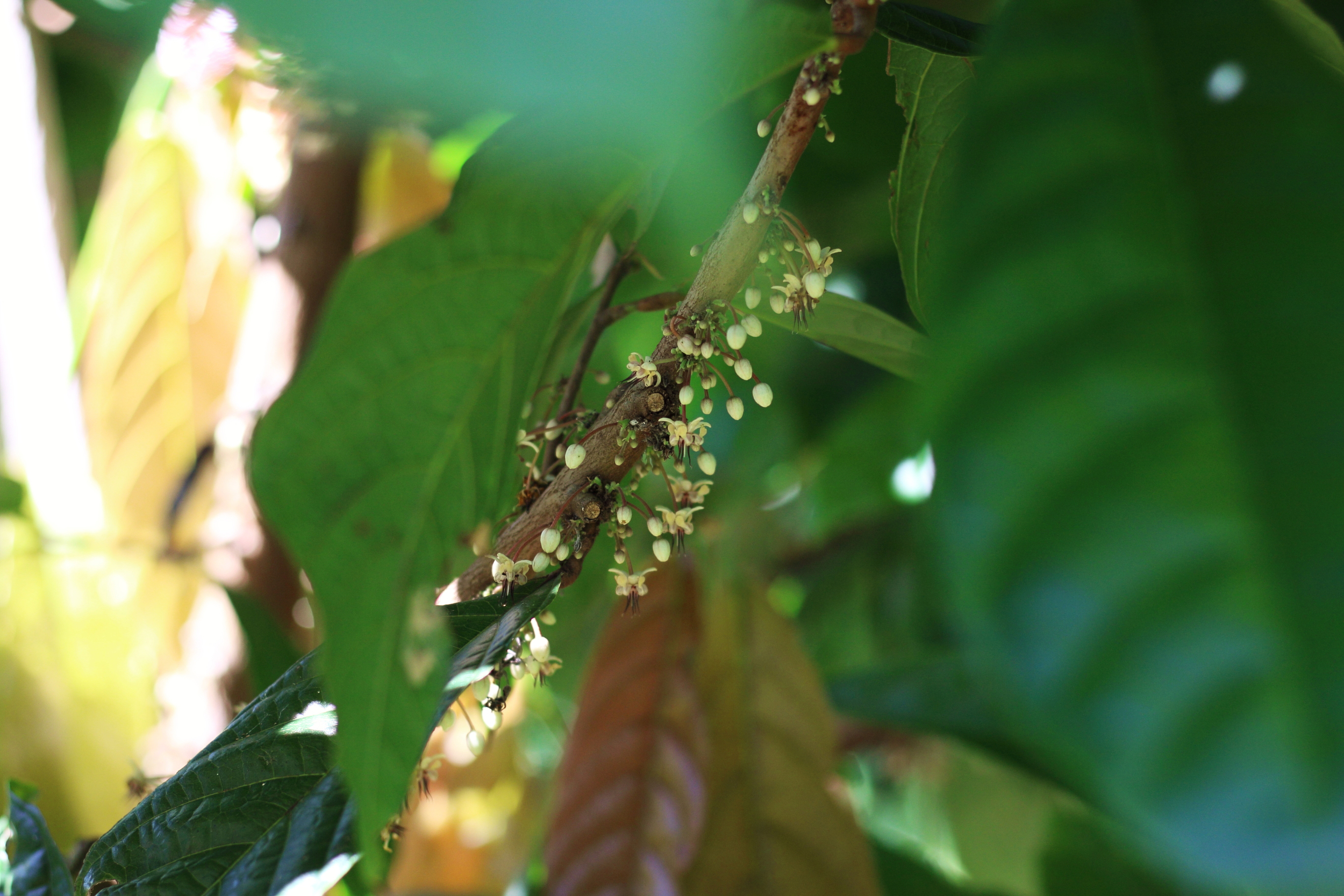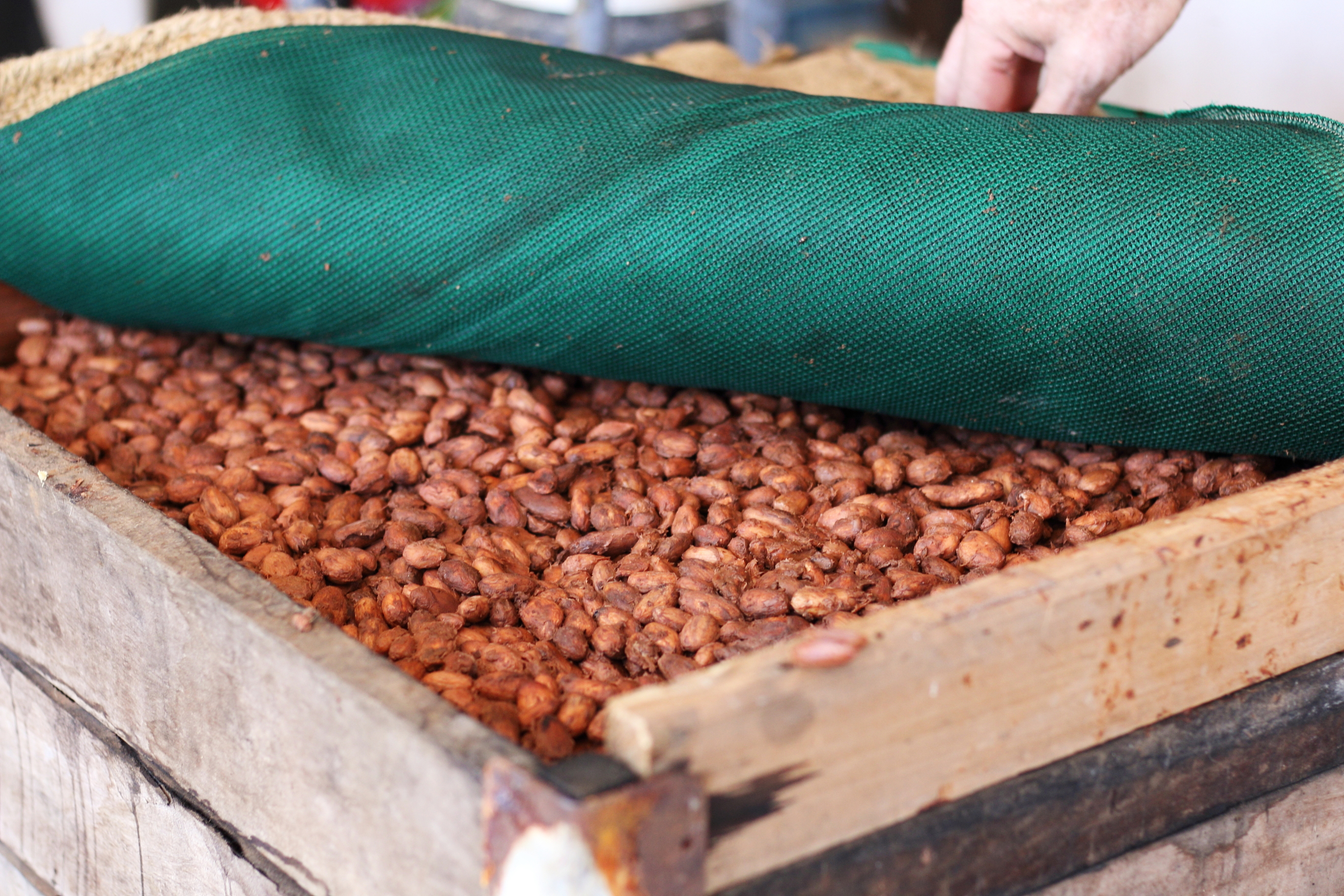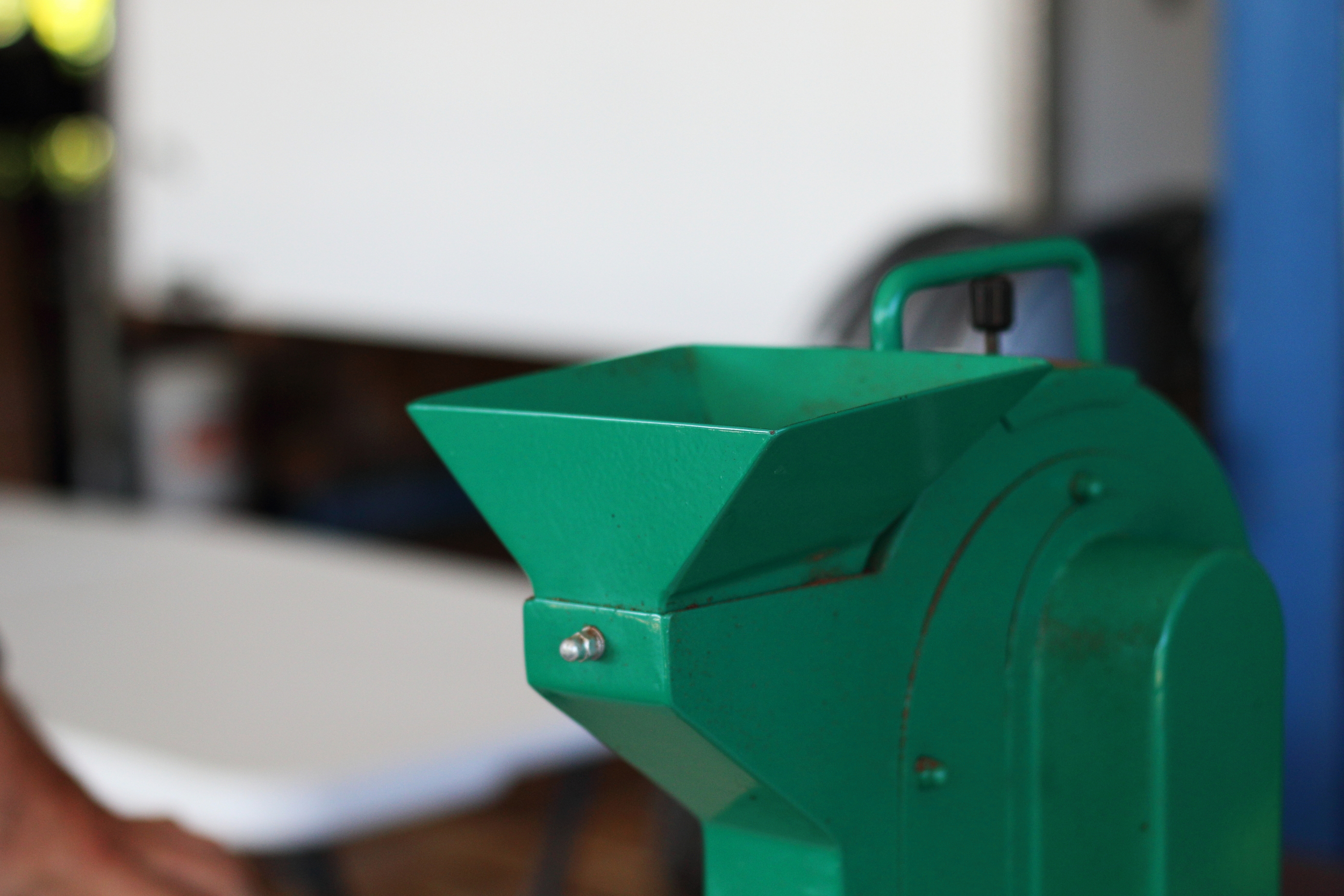Where The Husk Mill begins: Charley's Chocolate Farm
In late May we took a little time out of our busy schedules to visit some of the most important people that make The Husk Mill a reality for all of us to enjoy. Few people realise that in addition to drinking not only a delicious and guilt-free beverage, our teas are grown and blended right here in Australia.
Our visit started with a trip to Cairns. We picked up our hire car and made a quick stop off at Rusty's Markets for some fresh local pineapple, rambutans, lychees and dragonfruit prior to our journey south. We were off to Mission Beach to meet the owners of Charley’s chocolate factory Chris Jahnke and his wife Lynn, who were waiting take us on a sensory journey of all things chocolate on their farm.
Cacao production is still in its infancy in Australia, and currently focuses on small scale on-farm production of cacao to be used by boutique Australian chocolatiers in the creation of mostly single origin Australian chocolate. It is typically grown within 15 degrees of the equator. Cacao production on a world scale is declining, and Chris Jahnke as well as other small farmers in the Far North Queensland area saw the opportunity to begin growing and making premium ‘cacao tree to bar’ chocolate.
When we arrived at Chris’ farm he firstly showed us the trees bearing fruit. At about only a few meters tall, these trees produce beautiful coloured cacao pods in shades of yellow, green, blue, and reds all attached to the trunk of the tree. Tiny flower buds that will eventually become pods sprout along branches, and are protected by the shade of the leaves.
Chris shared some facts about his plantation as he showed us around. He currently has about 6000 trees that are producing fruit with another 8000 young plants in the nursery. He anticipates the farm will eventually be home to 30,000 trees. It takes about 18 months for one of his trees to bear fruit, and he grows mostly Trinitario hybrid varieties of cacao.
In 35 degree heat (it was cool that day according to Chris) talked through the process he uses on his farm. After harvesting, the pods are cut open. Inside each pod is a fleshy white pulp containing cacao beans. The pulp and beans are scooped out and placed into a large wooden container, where they are kept covered by hessian to ferment for about a week. Upon touch, the beans and warm and smell sweet and yeasty. After fermentation, the beans need to dry. They are laid out in the sun to dry in a single layer and must fully dry to avoid mould growing. Correct fermentation is critical to developing the flavour of the cacao. The beans are then gently roasted.
After roasting, it is time to crack and winnow the beans. Each bean has a thin outer husk which needs to be removed in order for the cacao to continue to the grinding phase, where it can then go on to become chocolate. The beans and placed into a machine called a cracker. They are cracked open to separate the husks from the nibs (a process known as winnowing). Being a small scale farm, only a few beans can go into the cracker at one time. This is the point where Chris collects the husks, and packages them carefully to be shipped down to us in Sydney.
After our visit to Charley’s chocolate tour, we headed to Mission Beach to spend the afternoon chilling in the sun and eating locally caught Balmain bugs, mud crab and prawns before heading home to Sydney the next day.
Chris and Lynn run (weather dependent) weekly tours of their farm, click here www.charleys.com.au for more information about tours, their award-winning chocolate and sulphite-free dried fruits!



